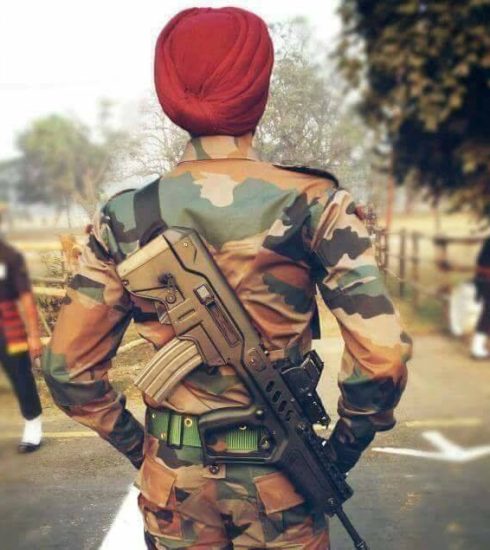U.S. Indictment Uncovers Alleged Indian Plot to Assassinate Khalistani Activist
Introduction: A major development has emerged from Washington and New York, where the US Department of Justice has filed an indictment alleging an assassination plot run by an Indian individual, directed by a master puppeteer in India, reportedly linked to the Indian government. The target was Gurpatwant Singh Pannu, a so-called Khalistani activist. This 15-page indictment, praised for its writing style, is suggested as a model for journalism schools.
Comparative Analysis with Canada’s Approach: The handling of a similar case in Canada involving Hardeep Singh Nair is contrasted with the current U.S. approach. Canadian Prime Minister Justin Trudeau’s handling of the Nair case is criticized for its immaturity and lack of diplomatic tact, particularly in not sensitizing the Indian side beforehand. The accusatory tone led to escalated diplomatic tensions, including the expulsion of an Indian diplomat. In contrast, the U.S. investigation was marked by discretion and thoroughness, starting in early May, culminating in the arrest of the main suspect, Nikhil Gupta, in Prague on June 30.
Nikhil Gupta’s Arrest and U.S. Discretion: Nikhil Gupta, implicated as the main figure in the assassination plot, was arrested in Prague following a request from the U.S. Department of Justice. Notably, the U.S. authorities maintained secrecy over the case, avoiding public disclosure until the indictment was filed. This approach provided plausible deniability to both U.S. and Indian officials.
The Indictment and Its Implications: The indictment identifies Nikhil Gupta as orchestrating the plot from India, with another key figure, CC1, a government of India official, directing the plot from within the country. Other characters include confidential sources (CS) and undercover agents (UC) from the U.S. The case involves extensive communication over phones and encrypted apps, all under U.S. surveillance.
Diplomatic Maneuvering: Both the U.S. and India have used the strategy of plausible deniability in handling the situation. The U.S., by conducting a discreet investigation, and India, by not outrightly denying involvement, have managed to maintain their bilateral relations unaffected. This contrasts sharply with the Canadian response, which was more public and accusatory.
Analysis of Big Power Relations: The case exemplifies how major powers manage complex relationships with shared interests but conflicting ones. The focus is on how big nations create suspicion-proof relationships amidst inevitable conflicts of interest. The report raises questions about the operational security of such sensitive operations, highlighting the risks of using phones and encrypted apps susceptible to surveillance by agencies like the CIA and DAA.
Conclusion: The case becomes significant due to the legally admissible evidence produced by the Americans and highlights the intricate balance of trust and suspicion in international relations. The handling of the case by the U.S. and India, marked by legal proceedings and diplomatic caution, demonstrates the nuanced approach required in international diplomacy, especially involving major powers with shared but sometimes conflicting interests





